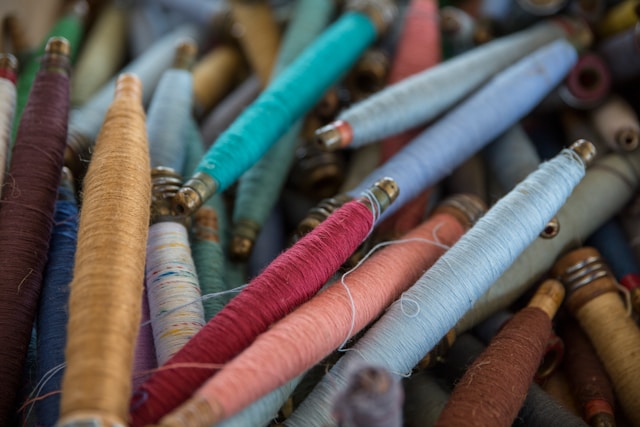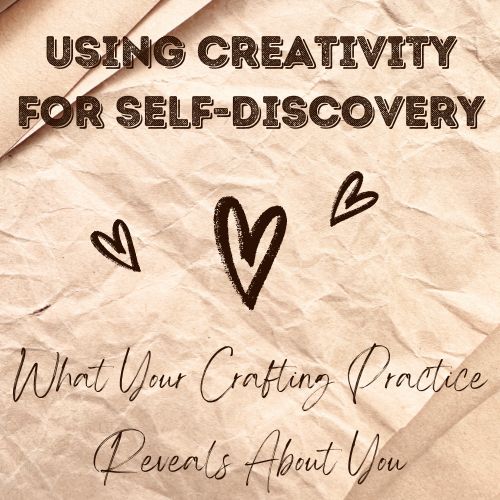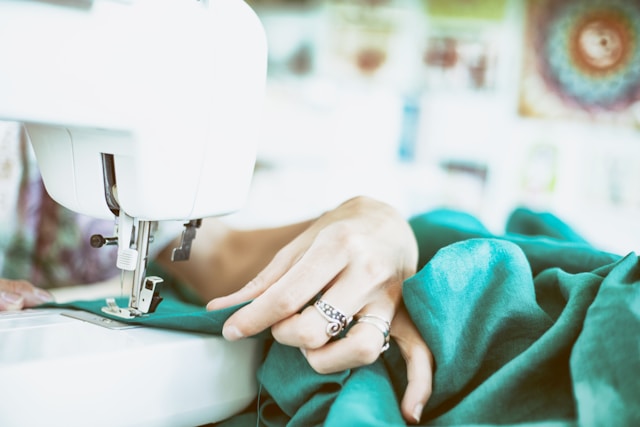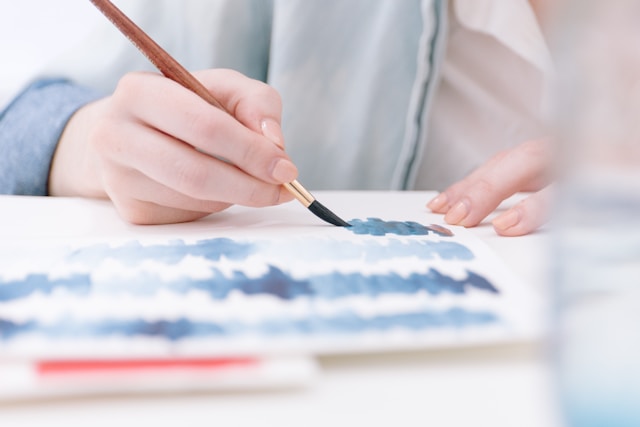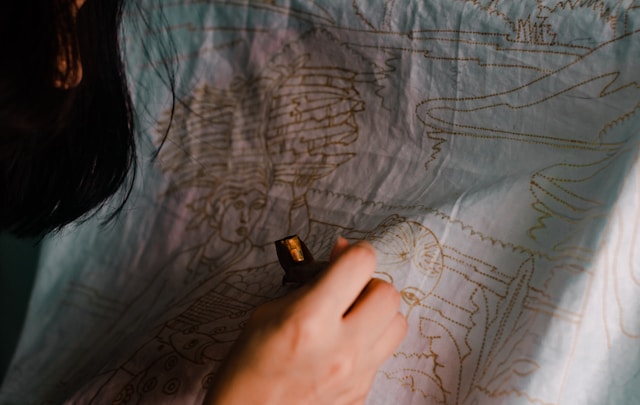Have you ever stopped to consider why you’re drawn to certain colors in your fiber arts projects? Whether you instinctively reach for bold, saturated hues or soft, muted neutrals, your color choices can reveal more than just aesthetic preferences—they can be a reflection of your emotions, mental state, and even deeper patterns in your life.
Color has long been recognized as a powerful emotional and psychological tool in both art therapy and traditional color theory. The colors you work with in your craft can provide insight into your current mood, personality, and subconscious feelings. When we slow down and bring intention to our creative choices, we can use color not just to make something beautiful, but to better understand ourselves.
In Craft to Heal, we explore how fiber arts can be a tool for mindfulness, self-discovery, and emotional well-being. Understanding the role of color in your craft can help you tap into deeper self-awareness and make the most of the craft you already love.
 Want to learn more? Click here to join Craft to Heal.
Want to learn more? Click here to join Craft to Heal.
The Psychology of Color in Fiber Arts
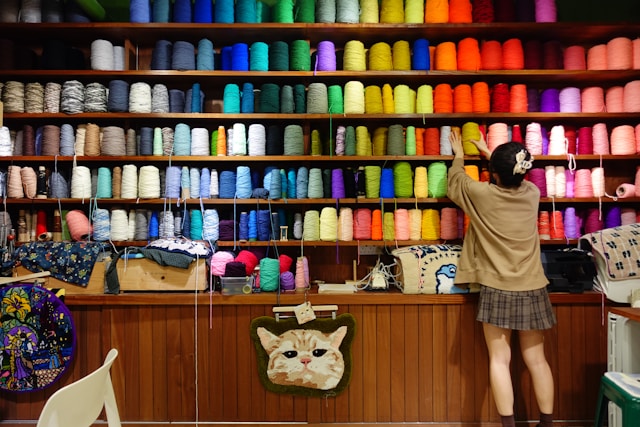
Colors are more than just visual stimuli—they evoke emotional responses, influence our mental state, and can even shift the way we experience creativity. While color psychology offers common associations, these meanings can vary across cultures, personal experiences, and even individual memories. A color that feels calming to one person might feel energizing or even unsettling to another. The key is to notice your own unique emotional responses to color and how they show up in your creative work. Here’s a look at how different colors often connect to mood, emotions, and even mental health:









Color choices are deeply personal and fluid—you may notice shifts in your palette depending on your emotional state, life events, or even seasonal changes. If you suddenly start gravitating toward new colors, it might be worth reflecting on what has changed within you.
Solids vs. Prints: The Role of Pattern in Creative Expression
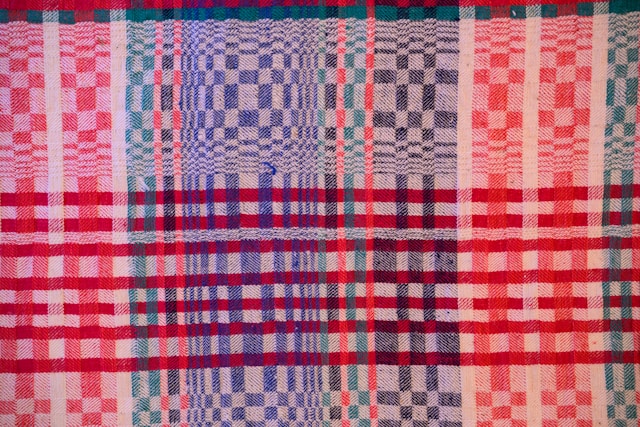
Beyond color, the way you use patterns in your fiber arts can also reflect something deeper. Do you prefer solid, monochrome pieces, or do you love intricate colorwork and busy patterns?
What Solid Colors Might Say About You:



What Variegated Yarn or Patterned Fabrics Might Say About You:



By paying attention to both color and pattern choices, you can begin to recognize how your craft mirrors your inner world. Are you sticking to predictable colors and patterns because they feel safe? Are you craving more vibrancy and spontaneity? Bringing mindfulness to these choices allows you to use fiber arts as a tool for self-discovery and emotional well-being.
Using Color Intentionally: A Self-Reflection Exercise
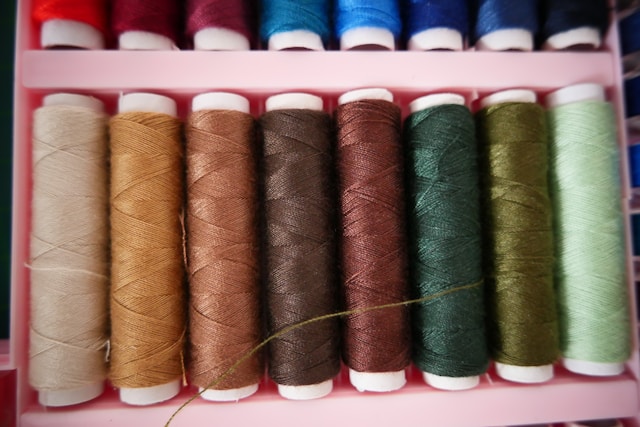
Color is a powerful but often subconscious part of creativity. By bringing awareness to the colors you choose in your fiber arts projects, you can start to uncover deeper patterns in your emotions, preferences, and even your personal growth.
Step 1: Pause and Observe Your Color Choices
Before you begin your next project, or even as you’re selecting yarn, thread, or fabric, take a moment to reflect:
- Why am I drawn to this color today? Does it match my mood, or am I seeking a feeling that this color provides?
- How does this color make me feel when I look at it? Does it bring a sense of calm, excitement, nostalgia, or something else?
- Is this a color I always use, or is it new for me? If it’s familiar, does it feel comforting or repetitive? If it’s new, what inspired the change?
- If I challenged myself to use an unfamiliar color, what emotions might that bring up? Would I feel energized, uncomfortable, or inspired?
Step 2: Experiment with New Color Approaches
Once you’ve reflected on your usual tendencies, consider stepping outside of your comfort zone. Try one of these small but meaningful shifts:





Color is deeply personal, and bringing more mindfulness to your choices can help you understand not just your artistic instincts but also your emotional landscape. By experimenting with different palettes and reflecting on what they mean to you, you can use fiber arts as a tool for self-discovery and emotional well-being.
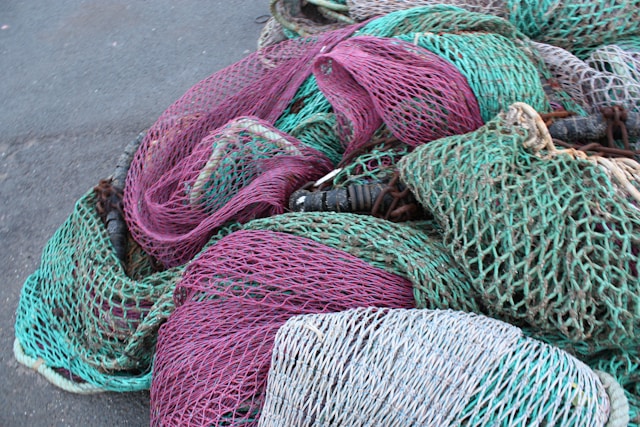
Craft to Heal: Exploring the Meaning in Your Creative Choices
The way we create is deeply tied to how we feel, think, and move through the world. When we bring intention to our craft, we can use it as a mirror—helping us recognize patterns in our emotions, mental health, and self-expression.
Craft to Heal is a workshop series designed for fiber artists who want to deepen the emotional and psychological benefits of their craft. Through exercises like color exploration, mindful making, and creative self-reflection, we explore how fiber arts can be used not just for creativity—but for self-understanding and healing.
 Want to learn more about using your craft as a tool for self-discovery? Click here to join Craft to Heal.
Want to learn more about using your craft as a tool for self-discovery? Click here to join Craft to Heal.
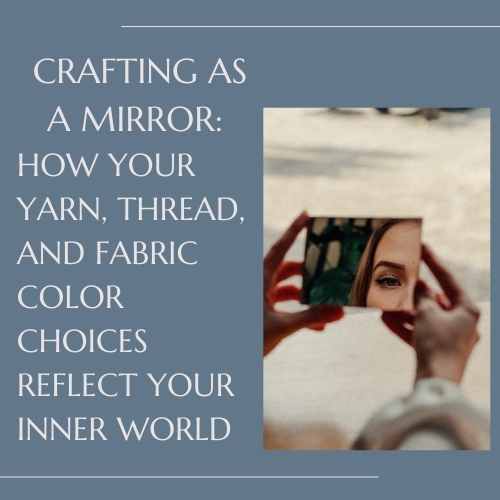
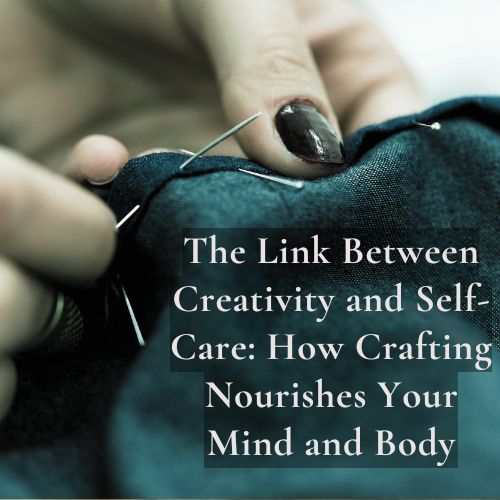
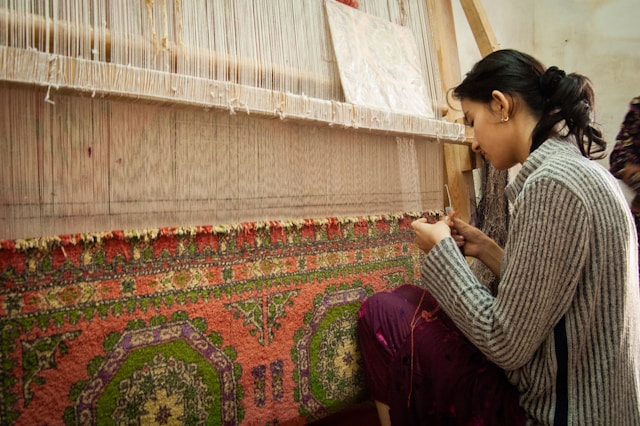
 Creativity Reduces Stress and Overwhelm
Creativity Reduces Stress and Overwhelm Crafting Increases Feel-Good Chemicals in the Brain
Crafting Increases Feel-Good Chemicals in the Brain Hands-On Making Helps Regulate the Nervous System
Hands-On Making Helps Regulate the Nervous System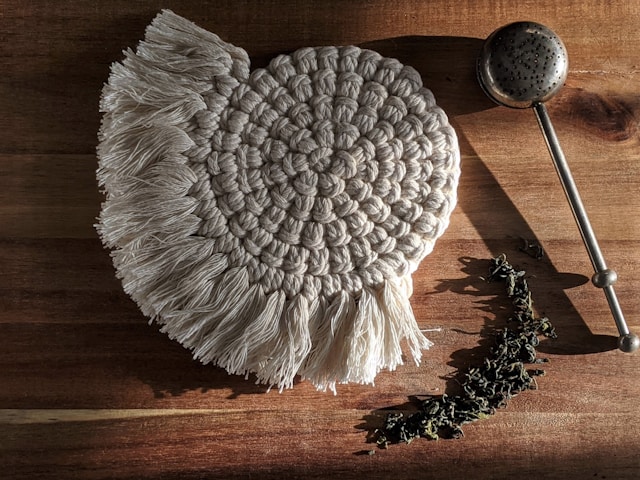

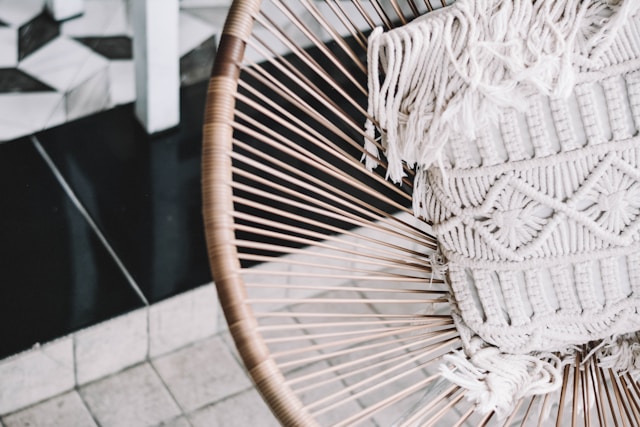
 Your craft is a way to care for yourself.
Your craft is a way to care for yourself.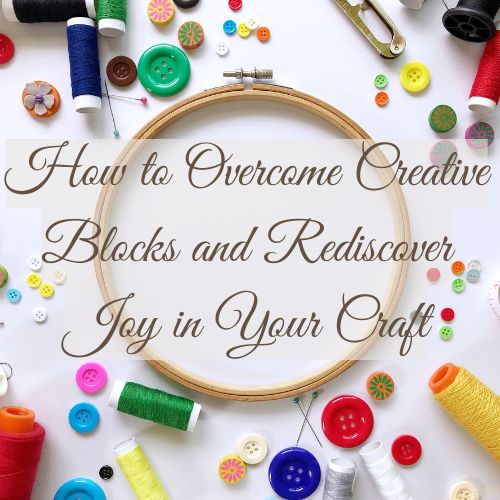
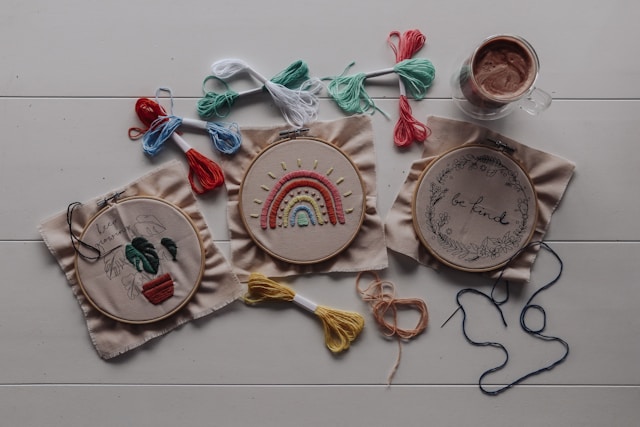
 If you embroider, freehand stitch without thinking.
If you embroider, freehand stitch without thinking. Craft to Heal has entire exercises
Craft to Heal has entire exercises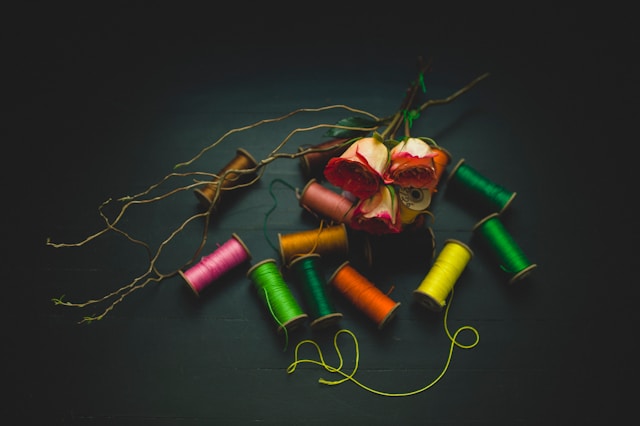
 Set a timer for five minutes. Stitch one line. Crochet one row. Just start.
Set a timer for five minutes. Stitch one line. Crochet one row. Just start. Take a themed photo walk. Snap pictures of textures, colors, or patterns that inspire you.
Take a themed photo walk. Snap pictures of textures, colors, or patterns that inspire you. Make a “creativity scrapbook.” Collect scraps of yarn, sketches, fabric swatches—anything that sparks ideas.
Make a “creativity scrapbook.” Collect scraps of yarn, sketches, fabric swatches—anything that sparks ideas.